Physical aka organic sunscreen for the face
Organic aka physical sunscreens do not absorb into the skin and are often therefore richer in texture. They may also be better suited for sensitive skin than chemical ones.
Physical or inorganic sunscreen disperses UV radiation away from the skin to some extent (about 5-10%) in addition to the formula absorbing harmful UV rays itself, just like chemical sunscreens do. But unlike chemical sunscreens, physical sunscreens do not absorb into the skin, which is why they are often richer in texture.
The persistent misconception that physical sunscreens work solely by reflecting UV radiation stems from a wrong conclusion from the 1970s, which has since been disproven multiple times. The most common minerals in physical sunscreens are zinc and titanium oxides, which primarily work in the same way as organic (i.e., chemical) sunscreens; the electrons they contain absorb UV radiation and convert it into a harmless form on the skin.
21 products
![[Round Lab] Birch Juice Feuchtigkeitsspendendes Sonnenschutzkissen](http://www.yepposoonsoo.de/cdn/shop/files/15g_1.png?v=1755669491&width=480)
![[Axis-Y] Vollständiger stressfreier physikalischer Sonnenschutz](http://www.yepposoonsoo.de/cdn/shop/products/AXIS-Y_complete_no-stress_physical_sunscreen_01_sq_1000x_jpg.webp?v=1679516814&width=480)
![[Axis-Y] Vollständiger stressfreier physikalischer Sonnenschutz](http://www.yepposoonsoo.de/cdn/shop/products/AXIS-Y_complete_no-stress_physical_sunscreen_04_1_1000x_jpg.webp?v=1679516817&width=480)

Fysikaalinen aurinkosuoja
Valikoimastamme löydät korealaiset fysikaaliset aurinkovoiteet, kemialliset aurinkovoiteet, hybridiaurinkovoiteet ja aurinkovoidepuikot.
Physical or also known as organic sunscreen and mineral sunscreen contains minerals such as zinc oxide and titanium dioxide, found in the ingredient list under names like Titanium Dioxide or Zinc Oxide. Physical sun protection scatters UV radiation away from the skin to some extent (about 5%) in addition to the composition absorbing harmful UV rays itself, like chemical sunscreens. But unlike chemical ones, physical sunscreens do not absorb into the skin and may therefore have a richer texture. For those with sensitive skin and babies, physical sunscreen may be a better option than chemical sunscreen.
Sunscreen with nano filter
Some physical sunscreens have a label non-nano filter or nano-filter. In some sunscreens nano-sized mineral particles are used to reduce the white cast left by the cream on the skin. But the smaller the particle is made, the more easily it is absorbed into the skin. Non-nano filter means that the product does not contain nano-sized particles, so in principle the minerals do not penetrate the skin.
This stems from the potential harmful effects of zinc oxide and titanium dioxide nanoparticles, which they may cause in the body, especially when combined with UV radiation. However, these nanoparticles have not yet been shown in studies to penetrate very deeply into the skin, only into the very top dead layer of the skin.

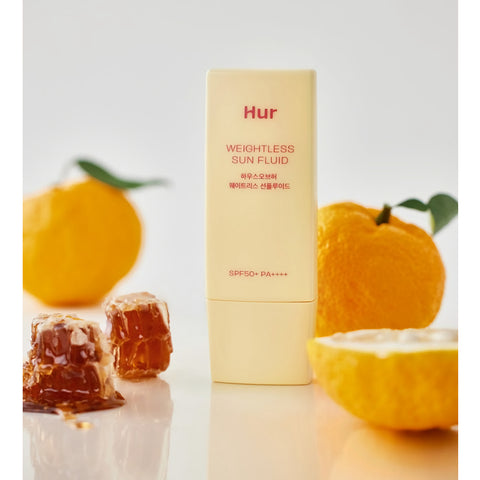

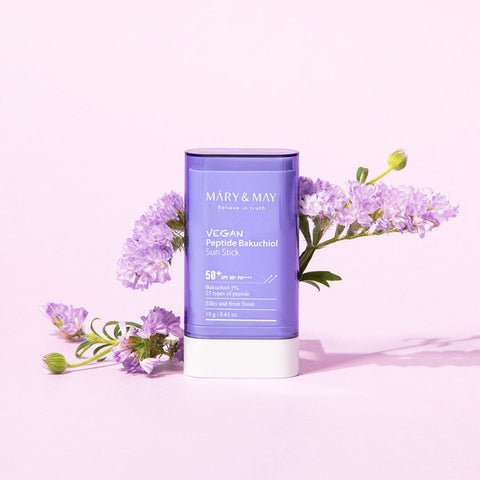
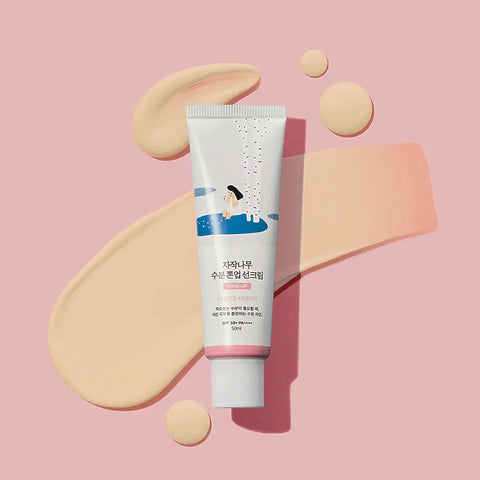
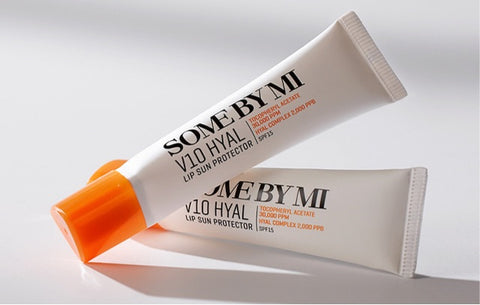
![[SKIN1004] Centella Air-Fit Suncream Plus](http://www.yepposoonsoo.de/cdn/shop/files/skin1004-centella-air-fit-suncream-plus.jpg?v=1697737315&width=480)
![[SKIN1004] Centella Air-Fit Suncream Plus](http://www.yepposoonsoo.de/cdn/shop/products/skin1004-sun-50ml-madagascar-centella-air-fit-suncream-plus-36435996770550_900x_4197c3b2-dbcd-41ec-99c8-3ca46fc6ea2d.jpg?v=1697737315&width=480)
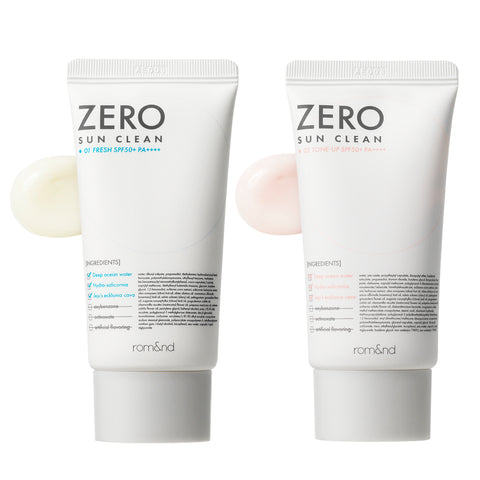
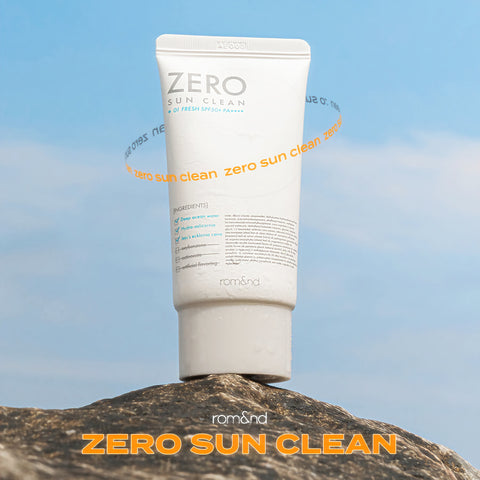
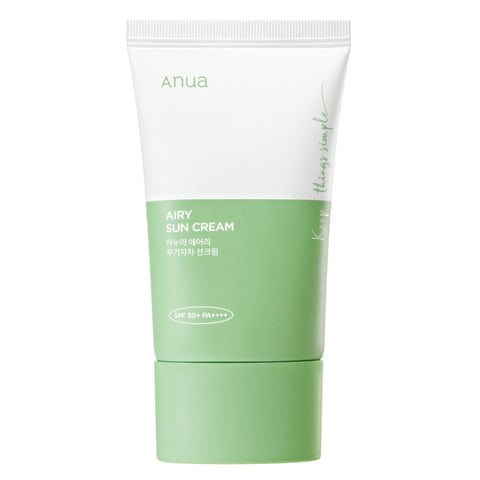
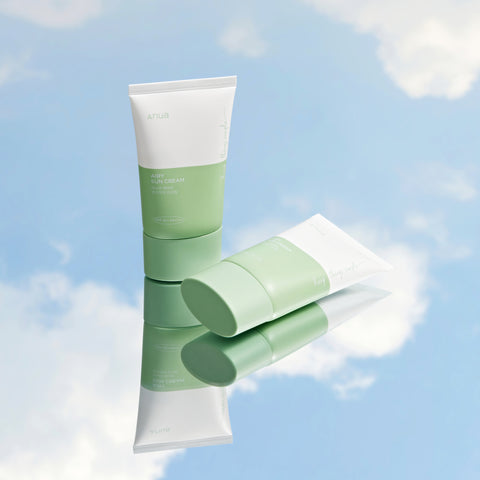
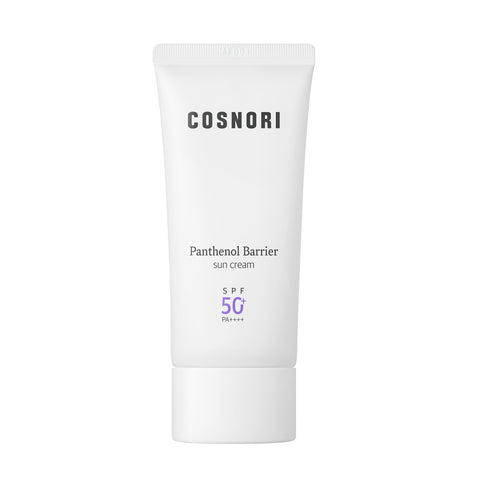
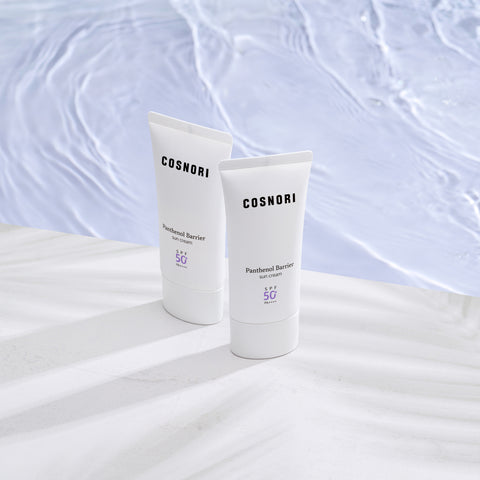
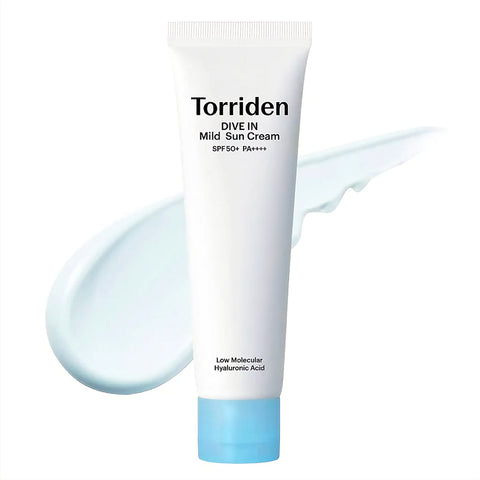
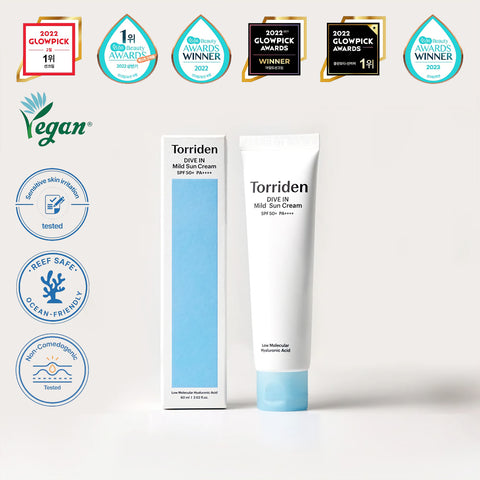
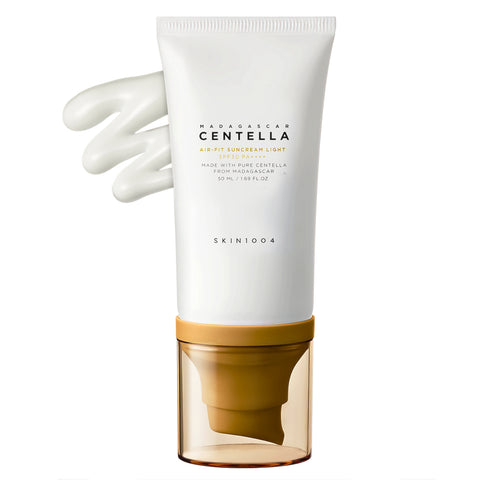
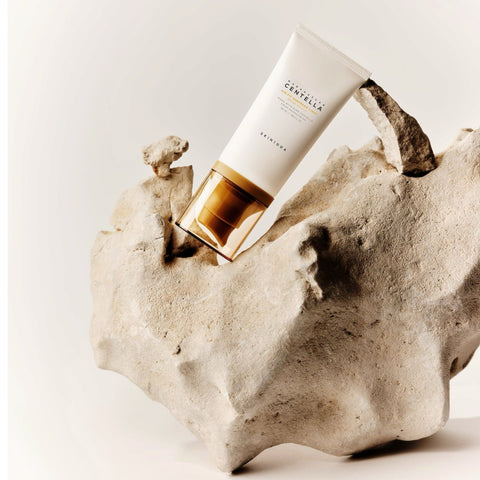
![[ETUDE] Sunprise Mild Airy Finish Sun Milk](http://www.yepposoonsoo.de/cdn/shop/files/etude-sunprise-mild-airy-finish-4.png?v=1752568096&width=480)
![[ETUDE] Sunprise Mild Airy Finish Sun Milk](http://www.yepposoonsoo.de/cdn/shop/files/etude-sunprise-mild-airy-finish-2.jpg?v=1752568136&width=480)
![[Round Lab] Birch Juice Moisturizing Mild Up Sunscreen](http://www.yepposoonsoo.de/cdn/shop/files/50ml.png?v=1755669537&width=480)
![[Round Lab] Birch Juice Moisturizing Mild Up Sunscreen](http://www.yepposoonsoo.de/cdn/shop/files/image_10.jpg?v=1755669845&width=480)
![[Frudia] Essential Blemish Recovery Balm](http://www.yepposoonsoo.de/cdn/shop/files/Frudia-Essential-Blemish-Recovery-Balm.webp?v=1722600197&width=480)
![[Frudia] Essential Blemish Recovery Balm](http://www.yepposoonsoo.de/cdn/shop/files/Frudia-Essential-Blemish-Recovery-Balm-mood.webp?v=1722600150&width=480)
![[Frudia] Avocado Greenery Relief Sun Cream](http://www.yepposoonsoo.de/cdn/shop/files/AvocadoGreeneryReliefSunCream.jpg?v=1722547336&width=480)
![[Frudia] Avocado Greenery Relief Sun Cream](http://www.yepposoonsoo.de/cdn/shop/files/Frudia-Avocado-Greenery-Relief-Sun-Cream.webp?v=1722602987&width=480)
![[TFIT] Skin Fit Sonnenfluid](http://www.yepposoonsoo.de/cdn/shop/files/TFIT-Skin-Fit-Sun-Fluid.webp?v=1747293125&width=480)
![[TFIT] Skin Fit Sonnenfluid](http://www.yepposoonsoo.de/cdn/shop/files/TFIT-Skin-Fit-Sun-Fluid1.png?v=1747293367&width=480)
![[Make P:rem] UV Defense Me No Sebum Sun Cream](http://www.yepposoonsoo.de/cdn/shop/files/makeprem-uv-defense-me-no-sebum-sun-cream.jpg?v=1721182379&width=480)
![[Make P:rem] UV Defense Me No Sebum Sun Cream](http://www.yepposoonsoo.de/cdn/shop/files/makeprem-uv-defense-me-no-sebum-sun-cream-2.jpg?v=1721182379&width=480)
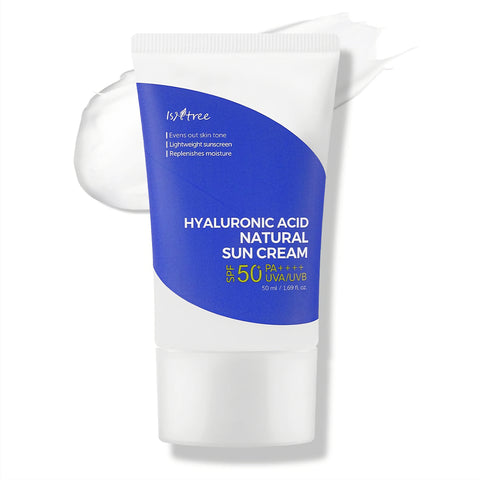
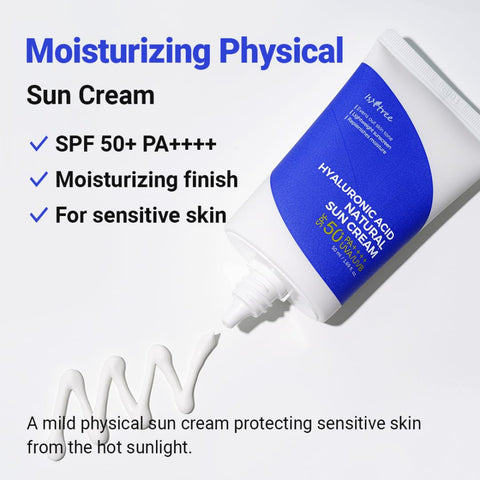
![[Make P:rem] UV Defense Me Calming Tone Up Sun Cream](http://www.yepposoonsoo.de/cdn/shop/files/makeprem-uv-defense-me-calming-tone-up-sun-cream.jpg?v=1721180530&width=480)
![[Make P:rem] UV Defense Me Calming Tone Up Sun Cream](http://www.yepposoonsoo.de/cdn/shop/files/makeprem-uv-defense-me-calming-tone-up-sun-cream-2.jpg?v=1721180530&width=480)
![[Missha] All Around Safe Block Cotton Sun (EXP. 25.08.2025)](http://www.yepposoonsoo.de/cdn/shop/files/Missha-All-Around-Safe-Block-Cotton-Sun.jpg?v=1688719593&width=480)
![[Über mich] Be Clean Tone Up Sun (EXP. 30.9.2025)](http://www.yepposoonsoo.de/cdn/shop/files/About-ME-be-clean-tone-up-sun.jpg?v=1685101682&width=480)
![[Über mich] Be Clean Tone Up Sun (EXP. 30.9.2025)](http://www.yepposoonsoo.de/cdn/shop/files/1000000011_detail_364_jpg.webp?v=1685101682&width=480)
![[A'pieu] Super Air Fit Mild Sonnenschutz täglich](http://www.yepposoonsoo.de/cdn/shop/products/A_pieu-Super-Air-Fit-Mild-Sunscreen-Daily-SPF-50_-PA_1000x_188f68e7-8bd3-476e-b4fa-0076dd0e91a6.jpg?v=1622793165&width=480)
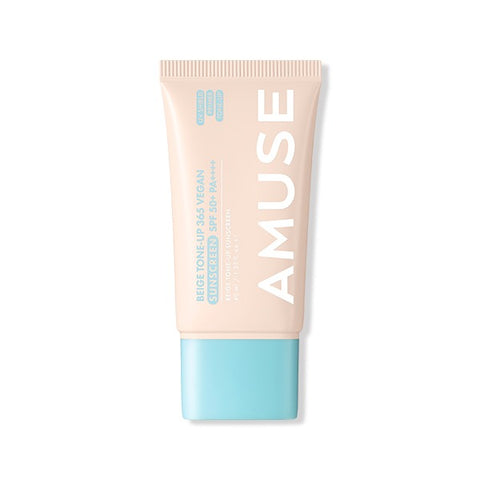
![[Amuse] Beige Tone-Up 365 Vegan Sonnenschutz](http://www.yepposoonsoo.de/cdn/shop/files/Amuse-Beige-Tone-Up-365-Vegan-sunscreen1.jpg?v=1741852210&width=480)
![[Hyggee] Echte Sonnencreme](http://www.yepposoonsoo.de/cdn/shop/products/Hyggee-Real-Sun-Cream.jpg?v=1666692644&width=480)
 info@yeppo.fi
info@yeppo.fi
 14 vrk palautusoikeus
14 vrk palautusoikeus
 PCI-DSS Compliant
PCI-DSS Compliant
 PayPal Buyer Protection
PayPal Buyer Protection
 Klarna – Pay Securely
Klarna – Pay Securely